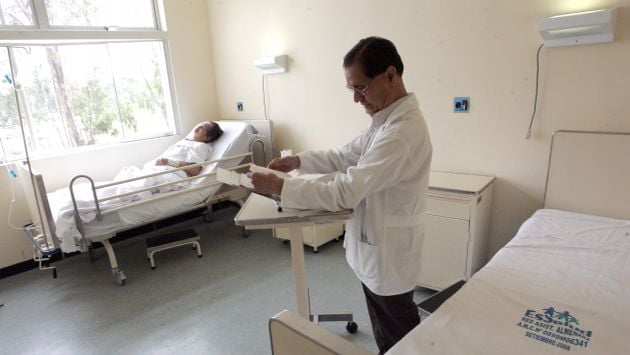Many of the multinational companies with a long-standing presence in Latin America used to have factories in Peru – since the 1990s all of these companies have closed their facilities in the country as part of a consolidation process to other larger countries in the region like Mexico, Brazil or Colombia.
Peru’s constitution does not permit price control, essentially creating a free market scenario that poses problems for major international pharmaceutical companies that generally offer higher-priced products. “Research-based companies do not sell to the government on public bids,” says Augusto Rey de la Cuba, president of Asociación Nacional de Laboratorios Farmacéuticos de Perú (Alafarpe), the association representing research based pharmaceutical companies operating in Peru. “They only do direct sales because of the price. Alafarpe’s member companies simply cannot compete with local prices or the prices of Chinese or Indian companies present in Peru.”
Furthermore, many pharmaceutical companies face complex challenges when it comes to Peru’s regulatory system. Until 2009 for example, the legal timeframe for approving new drugs, including biologics, was seven days. For years, the system was largely unregulated, but serious efforts to solve this regulatory conundrum in recent years have been met with varying degrees of success.
“The implementation of Law 29459 (also known as the Law of Pharmaceutical Products, Medical Devices and Sanitary Products) in 2009 focused on transforming an unregulated market into a more secure, quality-based healthcare model,” notes Cesar Amaro, director general of Dirección General de Medicamentos, Insumos y Drogas (Digemid), Peru’s regulatory agency. “This new law focuses on the regulation of biotechnological and biosimilar products which represent an important area for development. It also focuses on the interchangeability between branded generics and patent protected drugs.” As such, the idea was for this law to set new standards on approvals as well as ensuring better quality, efficacy and safety of health-related products.
Investment in innovation has also taken a backseat role that major pharmaceutical companies are trying to alleviate. Oscar Seclen, commercial manager for Janssen Peru and former president of Alafarpe says that “from the public domain, there is a lot of recognition for innovation; still, the investment levels are low if we compare them to other similar countries. This is where a huge opportunity appears just before our eyes and the private sector becomes necessary. Alafarpe acts as a catalyst for the private sector to reach its full capacity by providing yearly awards and recognition for what we consider outstanding research and innovation. It should be stressed that the authorities have a very important role in all of this; they are the ones that need to set the right conditions and stage if we truly want to become an innovating country.”
Article by Cameron Rochette


